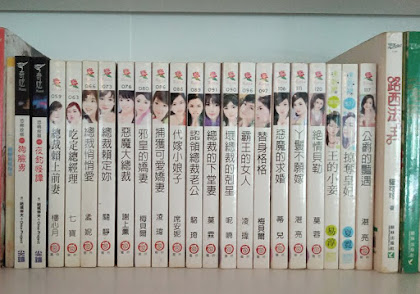A while back, someone tweeted their displeasure at a video
of a guy reacting to someone cooking "egg fried rice" on BBC Food,
using a version of the archetypal Chinese uncle's accent reminiscent of
Stephen Yan's.
They were irked at the
notion of making comedy out of exaggerated accents, which they say
debases people who speak that way, and panned such acts as entertainment
for snobs.
Did "Uncle Roger", a.k.a. London-based Malaysian comedian Nigel Ng,
assume this guise to poke fun at the stereotype? Were "snobs" supposed
to laugh at him every time he went "Haiya!" or "recalled" some anecdote
out of a clichéd Chinese childhood?
Probably not, but the clip Ng's persona reacted to made waves among Asian communities for how rice was cooked in it.
Too much water.
Probably not cooked enough.
Draining what looked like partly cooked rice in a colander and rinsing it with running cold water.
Outrage coursed through the Twittersphere. Then, some pointed out that the chef in the clip was cooking rice the Persian way, leaving many of us chastened for jumping the gun.
However,
days afterwards, more reactions to the BBC segment emerged on YouTube,
with some replicating the recipe almost step by step. A BBC interview
with Nigel and Hersha Patel, who demonstrated the recipe, also
surfaced. The latter revealed that the recipe was the BBC's and she was
following the station's script.
Or maybe these guys were late to the party. What we can conclude from the later reactions is that you won't get "absolutely delicious" egg fried rice from that recipe; one commentator even said that the BBC dish was not "egg fried rice" but "fried rice with egg".
I'm probably not qualified to ask this but did they look at the part where the recipe says to use "150g/5½oz long grain rice or basmati rice"? What rice did they use?
Of course basmati rice would be cooked that way and of course someone from that part of the world would hanker for fried rice and should be allowed to make it how they like with what they have.
Just look at how Jamie Oliver does it - do both recipes look authentic?
I've
committed crimes against rice - overseasoning, too much water, etc. -
when making single-portion servings of it by steaming during the first
MCO, using a tip from Twitter. But I do it because it works and I get to
eat every grain instead of scraping some off the bottom of the rice
cooker pot.
Who'd be in the mood for egg fried rice or anything else Done Right™ when they have so much else going on?
In
that light, someone mocking a foreigner doing rice different with an ah
pek's accent is committing a worse crime than merely not being funny.
Many
of us gleefully dunked on the clip, assuming it was one of a recent
string of incidents where Westerners messed around with "our food", and
got burned. A more mindful approach would have saved us the
embarrassment and give us enough cred to write posts like this.
With no
mention of the type of rice being used and why it's cooked the way it
was, the clip alone would have raised more than just eyebrows in East
Asian homes.
Plus, the written
instructions for the rice on the BBC website do not include the
hackle-raising step of rinsing the cooked grains that's so prominent in
the clip, which now seems to be location-dependent. Perhaps a response
to the backlash, or confirmation that the recipe is tailored for certain
audiences.
That doesn't change that fact
that saying others can't enjoy making and eating certain dishes from
certain cuisines because they didn't cook them right is conceited and
racist.
Categories:
Uncategorised





